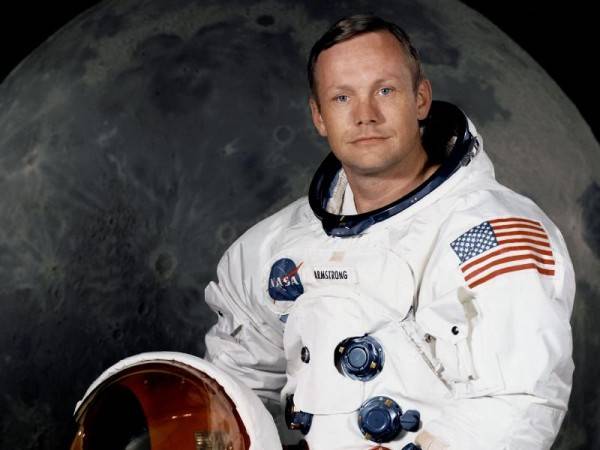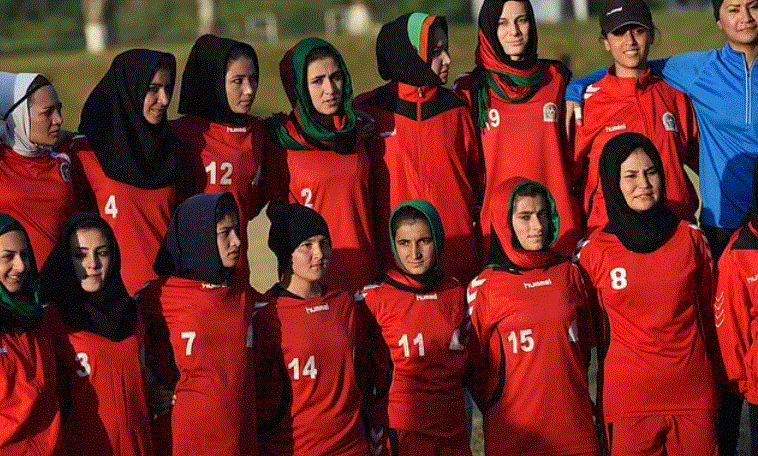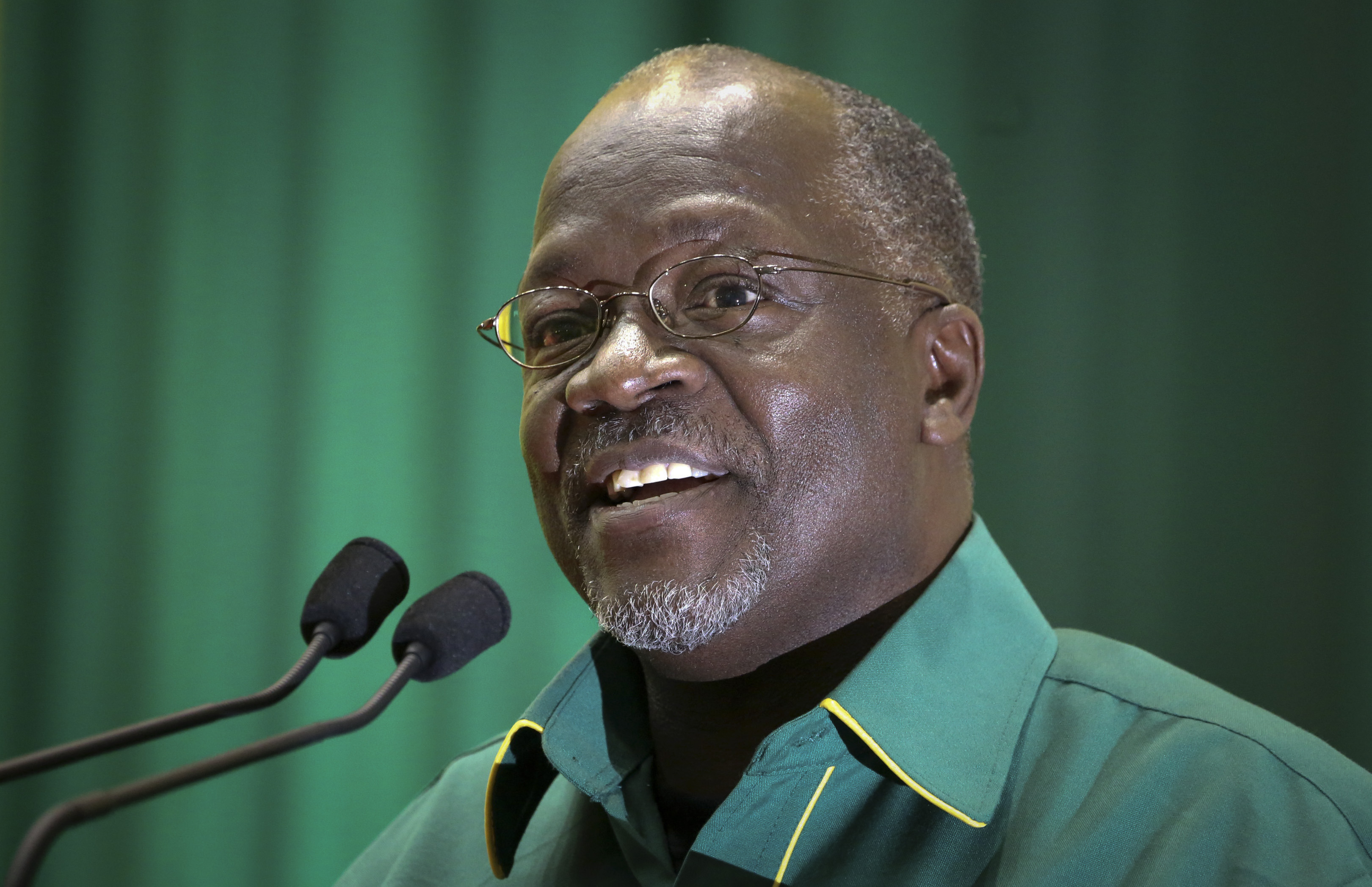Former astronaut Neil Armstrong, whose 1969 moon landing transformed human exploration and made him the most famous aviator since Charles Lindbergh, spent the following decades shunning the limelight. But his death, at 82, confirmed Saturday, rekindled memories of that timeless achievement.
As commander of the Apollo 11 spacecraft and the first man to step on the lunar surface, Mr. Armstrong punctuated his exploit with the memorable phrase that it marked “one small step for man, one giant leap for mankind.” The mission forever changed man’s view of space, transfixed people around the globe and mesmerized Americans, including nearly one million spectators who flocked to the Florida launch site.
But Mr. Armstrong, a private, self-effacing Midwesterner who first gained prominence as a Navy test pilot and later took delight in calling himself a “nerdy engineer,” resisted getting caught up in the hoopla. From the start, he left it to others to ponder the significance and broader meaning of his accomplishment.
Mr. Armstrong’s family released a statement Saturday confirming that he died from complications “resulting from cardiovascular procedures” performed August 8, three days after his 82nd birthday. The statement referred to Mr. Armstrong as “a reluctant American hero who always believed he was just doing his job.” The statement also mentioned Mr. Armstrong’s success after the lunar walk in business and academia and as a community leader in Cincinnati.
During his historic moon exploration, some of Mr. Armstrong’s other transmissions reflected his unflappable demeanor. Before returning to a ticker-tape parade and a 28-city tour, the aviator was understated in describing his situation and surroundings some 240,000 miles above Earth. In one of his first transmissions to controllers on the ground, he calmly told them: “I tell you, we’re going to be busy for a minute.”
Later in the mission, Mr. Armstrong, who earned his pilot’s license as a teenager and idolized Lindbergh, epitomized the calm, assured tone astronauts prized. “It’s different, but it’s very pretty out here,” he matter-of-factly told controllers. “I suppose they are going to make a big deal of all this.”
But dealing with the fallout on Earth proved more difficult. The Apollo 11 crew traveled 100,000 miles around the world, including a ceremonial visit by Mr. Armstrong to the Kremlin, to receive accolades.
After suddenly emerging as a global icon at the age of 38, Mr. Armstrong worked for a year as a high-level official at National Aeronautics and Space Administration headquarters.
In his authorized biography, published in 2005, Mr. Armstrong fumed at the bureaucracy and the burden of frequent “appearances on demand” by lawmakers on Capitol Hill. He resigned and went on to teach for more than half a dozen years at the University of Cincinnati, but that role also proved somewhat unsatisfying.
Starting about 1980, the pride of the small farming town of Wapakoneta, Ohio, largely retreated from public view to enjoy the tranquillity of a restored 19th-century farmhouse. He raised cattle and corn, served on various corporate boards and enjoyed his grandchildren. Always reluctant to talk to reporters, Mr. Armstrong sometimes seemed uncomfortable even when he gave speeches or attended events commemorating advances in aviation and space.
Even at his death, the family statement stressed his private side. “As much as Neil cherished his privacy,” it said, “he always appreciated the expressions of good will from people around the world and from all walks of life.”
Mr. Armstrong’s biography quotes his first wife, Janet, saying that he “didn’t like being singled out or to feel that people were still wanting to touch him or get his autograph.” The two divorced in 1994, and Mr. Armstrong remarried that year.
In January 1986, when the space shuttle Challenger exploded shortly after liftoff killing all seven aboard, then-President Ronald Reagan personally asked Mr. Armstrong to serve as vice chairman of the commission set up to investigate the accident. In some of the group’s public sessions, the former NASA loyalist turned out to be tough and persistent in demanding answers from government officials and contractors alike. Besides focusing on management lapses, at one point Mr. Armstrong pointedly called the rocket and its external boosters “a tender design.”
Yet for Mr. Armstrong, described by friends and relatives as profoundly private, press demands for answers were frustrating.
Before the Apollo 11 launch, armies of reporters vainly tried to find out what personal items the crew decided to carry with them. It wasn’t until more than three decades later that Mr. Armstrong revealed to his biographer, James Hansen, that his personal memorabilia included some jewelry for his wife and mother, an old fraternity pin from Purdue University and some Apollo 11 medallions. According to the book, however, Mr. Armstrong was most proud of safely transporting a piece of the historic Wright Brothers Flyer to and from the Moon.
In the late 1990s, Mr. Armstrong sold his personal plane but kept his pilot’s license for the occasional opportunity to fly an unusual or interesting aircraft. As late as 2004, sat briefly at the controls of a new European helicopter.
In recent years, Mr. Armstrong uncharacteristically broke his silence. He joined with other former astronauts to publicly criticize President Barack Obama’s drive to outsource part of NASA’s responsibilities to privately owned and operated rockets and spacecraft.
Opponents of those privatization plans hoped to use Mr. Armstrong’s qualms as ammunition to block the White House initiatives, and they asked for more public statements. But after expressing strong reservations about U.S. moves abandoning plans to return astronauts to the moon, he refused to be drawn into an extended debate over the issues. Congress eventually went along with many of the Obama administration’s requests.
President Obama released a statement calling Mr. Armstrong “among the greatest American heroes—not just of his time, but of all time.” Mr. Obama also said that Apollo 11’s success “delivered a moment of human achievement that will never be forgotten.”
Mr. Armstrong was born Aug. 5, 1930, on a farm in Ohio, about 60 miles from where Orville and Wilbur Wright more than 25 years earlier experimented. He took his first airplane ride at age 6 and developed a fascination with aviation that prompted him to build model airplanes and conduct experiments in a homemade wind tunnel.
By the age of 17, Mr. Armstrong had flown two long-distance solo flights and done the paperwork to start classes at Purdue.
Early in 1965, he was overjoyed to receive his first assignment to serve as part of a spacecraft crew. “Because everything was based on beating the Russians,” Mr. Armstrong recalled in his biography, “the schedule was overwhelmingly important.” Throughout his marathon training as part of the backup crew, he recalled, astronauts rarely cracked jokes or engaged in small talk because “we were always ninety-eight percent focused on the job we had to do.”
In a separate testimonial, NASA chief Charles Bolden praised Mr. Armstrong for “a grace and humility that was an example to us all,” adding that current space explorers will be “standing on the shoulders” of a “true American hero.”
The Armstrong family’s statement ends with the following request: “Honor his example of service, accomplishment and modesty, and the next time you walk outside on a clear night and see the moon smiling down at you, think of Neil Armstrong and give him a wink.”





No comments! Be the first commenter?